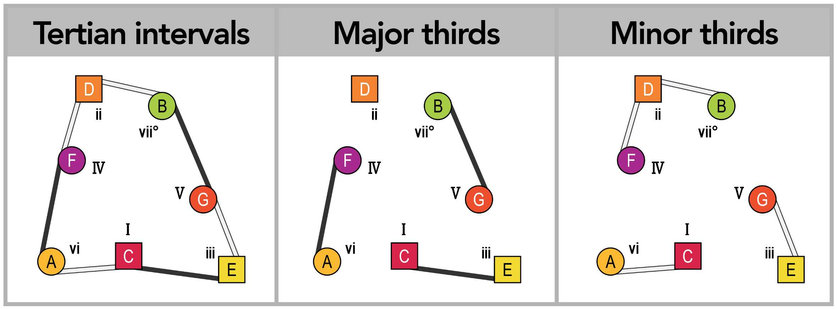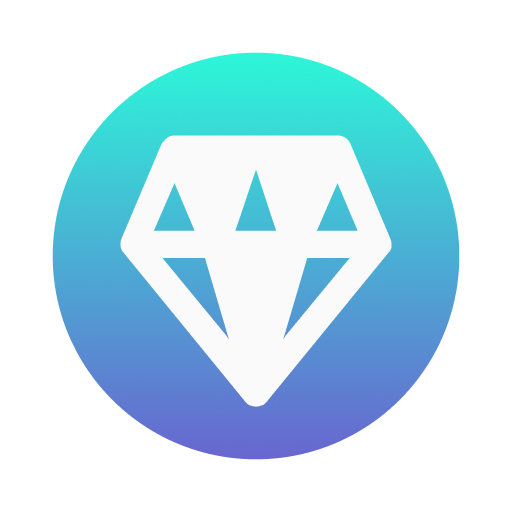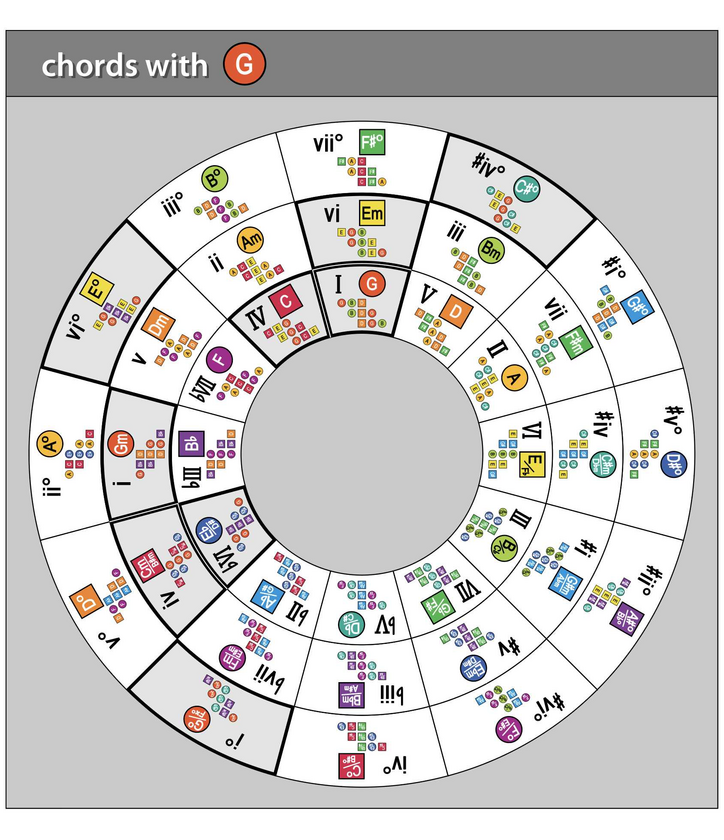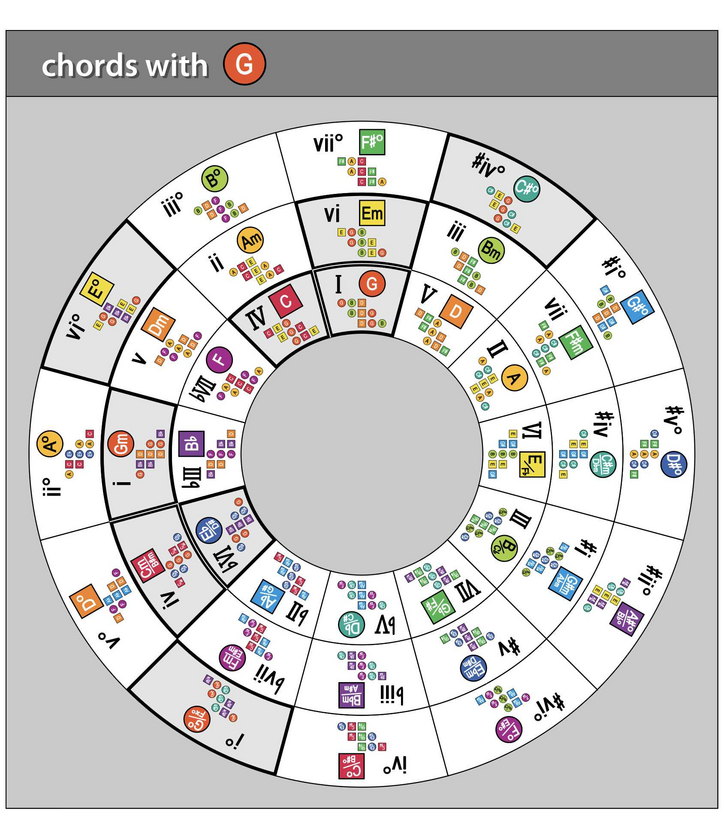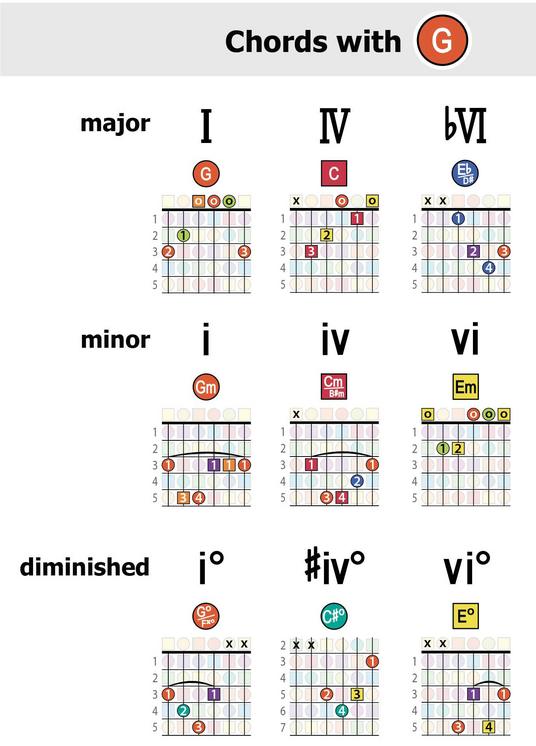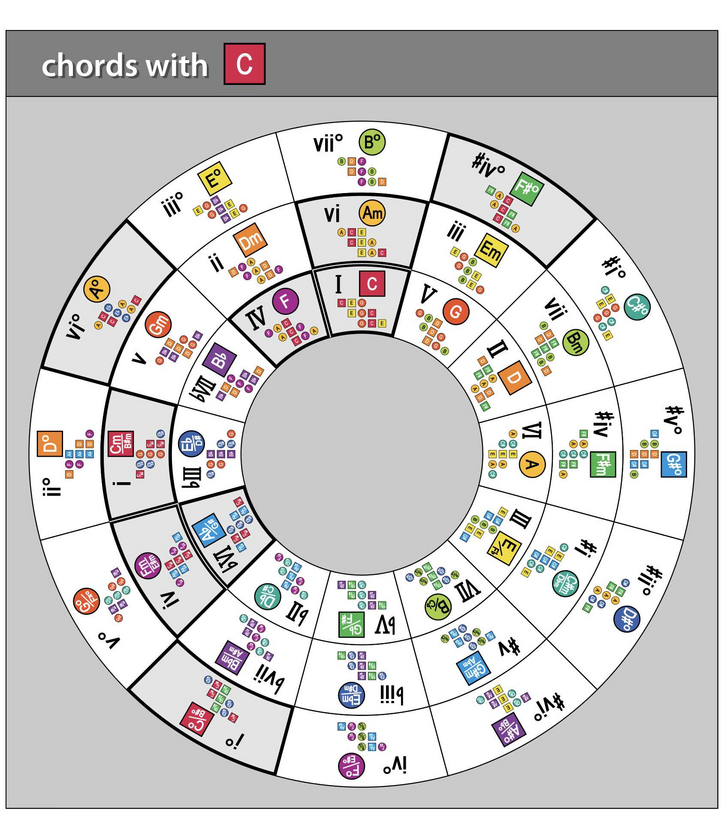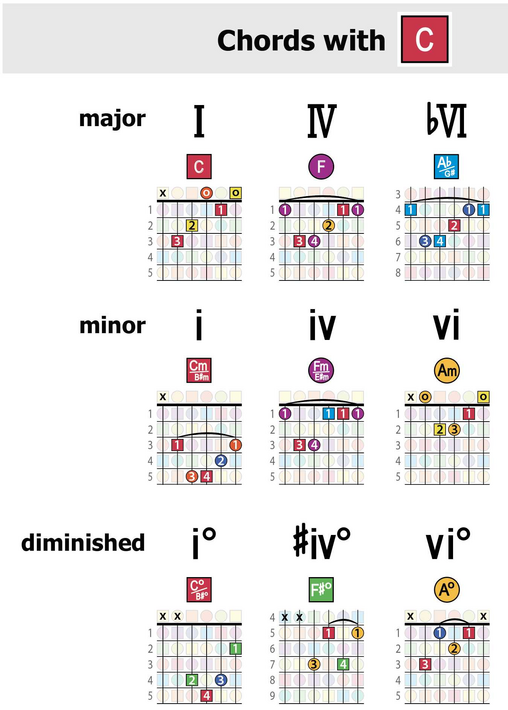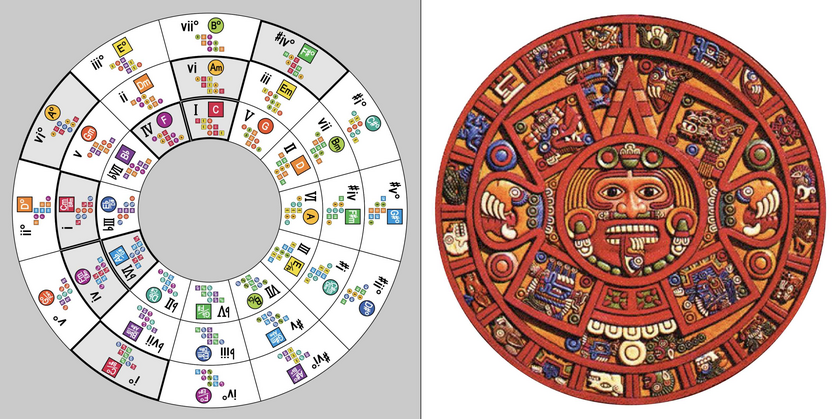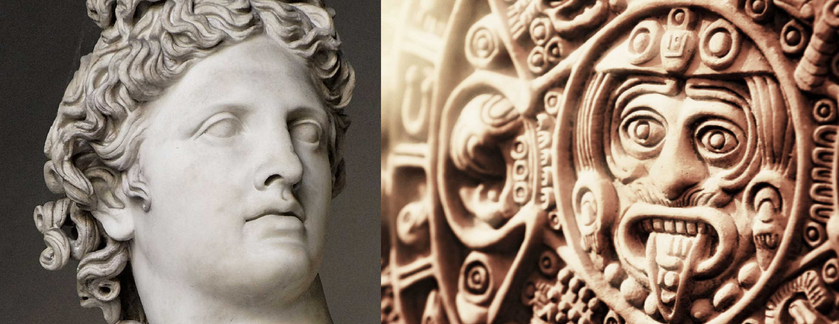Musicians talk alot -- although not as much as they should -- about the Circle of FIFTHS, a powerful diagram for understanding chords in all keys and the relationships between them.
But what about the Circle of THIRDS? What is it ... and how does it work?
In a nutshell, the Circle of Thirds depicts how the chords within a single key are connected. To illustrate, here are the seven chords in the Key of C (a.k.a. the "C Ionian mode"):
 As you can see, each chord is derived from the same source scale -- in this case, the C major scale (shown along the top).
As you can see, each chord is derived from the same source scale -- in this case, the C major scale (shown along the top).
- C major (the major "I" chord) is played by starting on scale degree 1 and combining every other note (C, E, G)
- D minor (the minor "ii" chord) starts on scale degree 2
- E minor (the minor "iii" chord) starts on scale degree 3
- And so on ... to form 7 distinct harmonies
This is useful information because it explains how each chord is created. But if you look closely, there's a special pattern that forms connecting all of the chords in a powerful way.
And that is, when you follow the "every other" pattern that forms a single chord, and continue the sequence, you get an alternating wave of major-third and minor-third intervals, like this:

This sequence alternates through all 7 harmonies in the key -- beginning with C major (I) ... which shares notes with E minor (iii) ... which, in turn, shares notes with G major (V) ... etc., until the pattern returns to C major (I) once again.
Some of the tertian intervals are major-thirds (black lines) while others are minor-thirds (white lines). And the order of these intervals results in the different types of chords that form -- including major triads, minor triads, and a diminished triad.
This pattern repeats because music is inherently cyclical, which we can show by depicting this same sequence of chords in a loop like this:
 And as you can see, because of how each triad shares notes, these 7 chords form a seamless, daisy-chain pattern like this:
And as you can see, because of how each triad shares notes, these 7 chords form a seamless, daisy-chain pattern like this:

These relationships between chords -- the way they interconnect, and how they are arranged within a given key -- is powerful. Because these connections inform the kinds of chord progressions you can create. How the harmonies naturally flow together as you craft cool songs, as I explain in detail in the full theory course (found in the content playlists).
But these are only the relationships between chords in the Key of C. What's cool is that these same relationships -- these same consistent connections -- appear in every key, as the next illustrations show....
